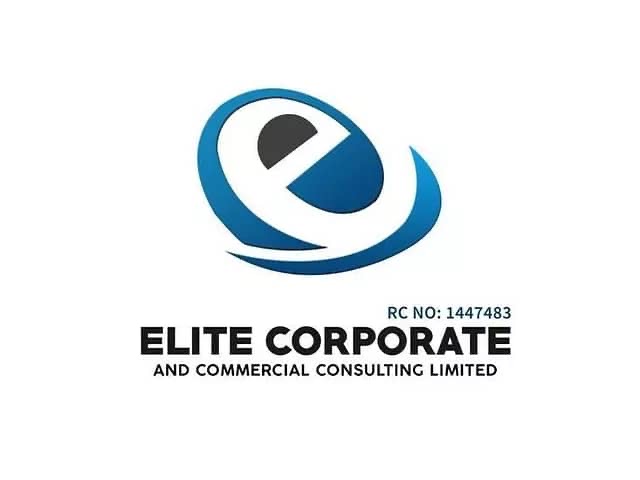
In today’s digital landscape, LinkedIn has become the go-to platform for B2B marketing. With over 1 billion members globally, LinkedIn is not just a networking site—it’s a powerful tool for generating leads, building brand authority, and nurturing meaningful professional relationships. If you’re a business aiming to connect with decision-makers, executives, and industry leaders, LinkedIn should be a cornerstone of your marketing strategy.
In this article, we’ll walk through how to use LinkedIn for B2B marketing, covering proven strategies, best practices, and tips to maximize your return on investment (ROI).
Why LinkedIn is Essential for B2B Marketing
Unlike other social media platforms, LinkedIn is designed specifically for professionals. Here’s why it’s powerful for B2B:
- High-quality audience – Your target audience includes CEOs, managers, business owners, and decision-makers.
- Lead generation hub – 80% of B2B leads generated from social media come from LinkedIn.
- Trust and authority – Sharing content on LinkedIn builds credibility and positions your brand as a thought leader.
- Advanced targeting – LinkedIn ads allow precise targeting based on job title, industry, company size, and more.
7 Steps to Use LinkedIn for B2B Marketing
1. Optimize Your Company Page
Your LinkedIn Company Page is the digital face of your brand. Make it professional and appealing:
- Use a clear logo and branded cover image.
- Write a compelling “About” section with relevant keywords.
- Showcase your services, expertise, and success stories.
- Add a strong call-to-action (CTA) such as “Visit Website” or “Contact Us.”
2. Build a Strong Personal Brand
B2B marketing is about people connecting with people. Ensure that leaders, sales reps, and employees optimize their profiles:
- Use professional headshots.
- Highlight expertise in your headline and summary.
- Share case studies, industry insights, and articles.
- Engage with relevant groups and discussions.
3. Share High-Value Content
Content is the backbone of LinkedIn marketing. Share:
- Articles and blogs – Showcase expertise and drive traffic to your website.
- Industry updates – Establish your brand as a thought leader.
- Infographics and videos – Break down complex topics visually.
- Customer success stories – Build trust through testimonials and case studies.
Pro Tip: Use LinkedIn’s native publishing tool for better visibility.
4. Use LinkedIn Ads Strategically
LinkedIn advertising allows precise targeting for B2B audiences. Popular ad formats include:
- Sponsored Content – Promoted posts to boost reach.
- InMail Campaigns – Direct messages to decision-makers.
- Dynamic Ads – Personalized ads based on user data.
Start with a small budget, test different ad formats, and optimize based on performance.
5. Join and Engage in LinkedIn Groups
LinkedIn Groups are communities where professionals discuss industry topics. Join groups in your niche and:
- Share insights (not just promotions).
- Answer questions and provide value.
- Network with potential leads and collaborators.
6. Leverage LinkedIn Analytics
Track your performance to refine your strategy:
- Follower growth – Are more people engaging with your brand?
- Post engagement – Which content types work best?
- Click-through rate (CTR) – Are your CTAs effective?
- Lead conversions – Are you generating quality leads?
7. Encourage Employee Advocacy
Employees are your best brand ambassadors. Encourage them to:
- Share company posts.
- Post personal insights related to your business.
- Participate in discussions to boost visibility.
Best Practices for LinkedIn B2B Marketing
- Be consistent – Post regularly to stay relevant.
- Focus on value, not sales – Provide educational content before pitching.
- Use storytelling – Showcase how your business solves real problems.
- Stay professional – Remember, LinkedIn is not Facebook or Instagram.
Conclusion
LinkedIn is more than just a networking platform—it’s a powerful B2B marketing channel. By optimizing your profile, sharing high-value content, leveraging ads, and building relationships, you can position your business as an industry leader and generate high-quality leads.
If you haven’t already, now is the time to include LinkedIn in your B2B marketing strategy. With the right approach, the results can be game-changing.
Disclaimer
This article is for informational purposes only and does not constitute professional marketing advice. Strategies discussed may vary depending on industry, business goals, and audience. Always test and tailor your LinkedIn marketing efforts to suit your unique business needs.
